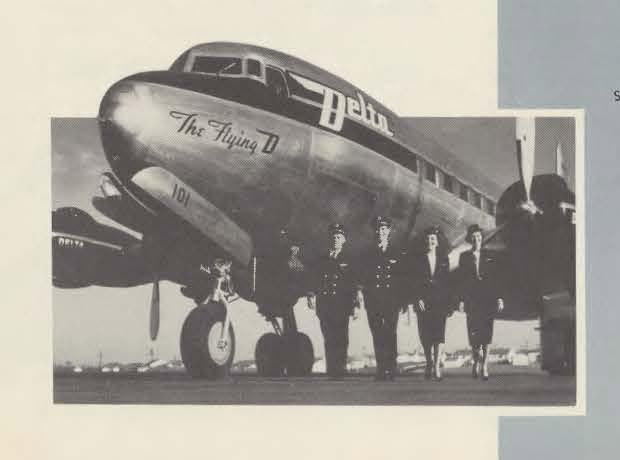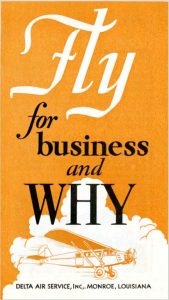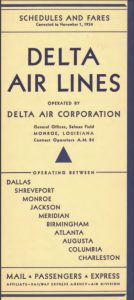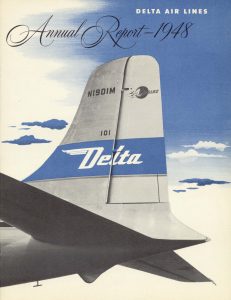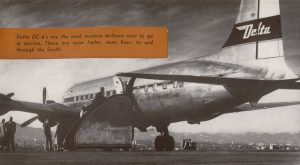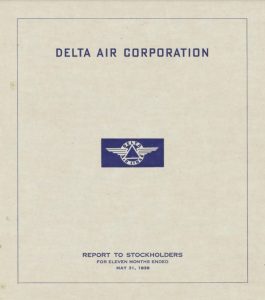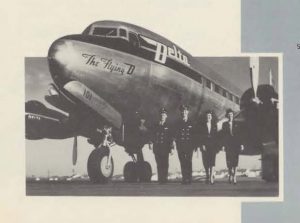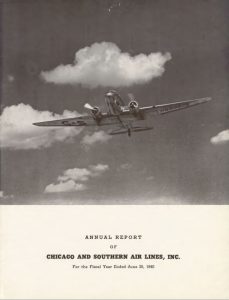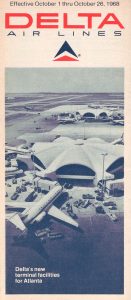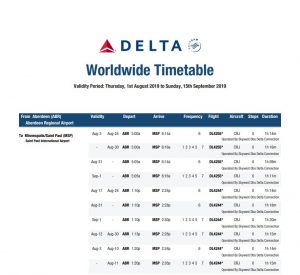Awards add 4 new partners and expand the scope of the Georgia communities documented in the Digital Library of Georgia.
The Digital Library of Georgia (DLG) announced today the 6 recipients of its 10th set of digitization service awards. Among the awardees are four new partners. Awardee projects include documentation of the Augusta Jewish community and Evans County African American genealogical materials.
The GALILEO-funded program increases the diversity of contributors to the DLG and of its content. The Augusta Jewish Museum, the Evans County African American Archive Museum, the Habersham County Historical Society, and the Sugar Hill Historic Preservation Society are all new partners. Through the awards, the DLG’s coverage of Evans and Habersham counties, the Savannah civil rights movement, and Jewish and African American life will grow. Rural telecommunications and the 20th-century growth of the North Georgia communities of Sugar Hill and Smyrna round out the awards.
The recipients and their projects include:
Augusta Jewish Museum (Augusta, Ga.)
Digitization, description, hosting, and preservation of the 200-year history of Jewish life in the Greater Augusta, Georgia region. This content reflects cultural, political, and social situations impacting Jews living in Georgia.
Evans County African American Archive Museum (Claxton, Ga.)
Digitization, description, hosting, and preservation of African American funeral programs, primarily from Evans county, dating from the early 1960s to the present.
Habersham County Historical Society (Cornelia, Ga.)
Digitization, description, hosting, and preservation of the archives of the independently-owned Standard Telephone Company. Headquartered in Cornelia, it provided telephone service to rural northeast Georgians.
Smyrna Public Library (Smyrna, Ga.)
Digitization and hosting of the 1953 Smyrna Better Home Town Scrapbook. In the 1950s, Georgia Power sponsored the Better HomeTown Contest to boost economic development. Communities’ scrapbooks highlighted what towns considered to be their best attributes.
Sugar Hill Historic Preservation Society (Sugar Hill, Ga.)
Digitization and description of the Sugar Hill City Council Records Collection of city council minutes, ordinances, resolutions, communications, economic studies, and other information from the city’s incorporation in 1939 through June 1992.
Walter J. Brown Media Archives and Peabody Awards Collection (Athens, Ga.)
Enhanced (time-stamped) access to interviews with W. W. Law and other Savannah, Georgia, civil rights workers. These interviews were conducted by the late oral historian Cliff Kuhn and were shot just before Mr. Law’s death. They are the most comprehensive accounts he provided of his life and career as a civil rights activist.
More information about our partner institutions is available below:
About the Augusta Jewish Museum
The Augusta Jewish Museum and its programming chronicle the life, history, and contributions of the Jewish community in the Central Savannah River Area. The museum also educates about the Holocaust and Israel, the homeland, and the Holyland. Their website is: https://www.augustajewishmuseum.org/.
Evans County African American Archive Museum (Claxton, Ga.)
The mission of the Evans County African American Archive Museum is to provide means for all citizens of Evans County to obtain an excellent quality of life through programs and services. The Archive was the recipient of a 2021 GHRAC Award for History Advocacy. Their Facebook group is: https://www.facebook.com/Evans-County-Community-Center-343942125941003/
About the Habersham County Historical Society
The Habersham County Historical Society was formed on February 22, 1973, by a group of twelve citizens from Clarkesville, Cornelia, and Demorest, who met at Piedmont College, interested in starting a historical society. Since then, they have published a book on their 200-year history and are planning their fiftieth-anniversary celebration in 2023. You can find them online at: https://habershamhistoricalsociety.org/.
About the Smyrna Public Library
Smyrna Public Library is the oldest city-operated library in the state of Georgia. It is fully funded by and serves the city’s residents. The library is celebrating the 150th anniversary of its incorporation in 2022. Go to: https://www.smyrnaga.gov/your-government/departments/smyrna-public-library.
About the Sugar Hill Historic Preservation Society
The Sugar Hill Historic Preservation Society meets on the 3rd Wednesday of each month at 7 pm. All meetings are held in the History Museum Room at Sugar Hill City Hall. You can find out more at: https://cityofsugarhill.com/government/boards-commissions/historic-preservation-society/.
About the Walter J. Brown Media Archives and Peabody Awards Collection
The Walter J. Brown Media Archives & Peabody Awards Collection is home to more than 90,000 titles and 5,000,000 feet of newsfilm. It is the third-largest broadcasting archive in the country, behind only the Library of Congress and UCLA. The Archives comprise moving image and sound collections that focus on American television and radio broadcasting and Georgia’s music, folklore, and history. There are more than 50,000 television programs and more than 39,500 radio programs in the Archives, in addition to audio folk music field tapes and home movies from rural Georgia. Its mission is to preserve, protect, and provide access to the moving image and sound materials that reflect the collective memory of broadcasting and the history of the state of Georgia and its people. Learn more at libs.uga.edu/media/index.html.
About the Digital Library of Georgia
The Digital Library of Georgia is an award-winning initiative of GALILEO, Georgia’s statewide virtual library, housed at the University of Georgia Libraries. With the state’s cultural heritage organizations, the DLG shares Georgia’s history online for free through its websites. In addition, the project supports its partner organizations by offering free and low-cost services. The DLG serves as Georgia’s service hub for the Digital Public Library of America and as the home of the Georgia Newspaper Project, the state’s historic newspaper preservation project.
Visit the DLG at dlg.usg.edu.
Facebook: http://facebook.com/DigitalLibraryofGeorgia/
Twitter: @DigLibGA
Instagram: @diglibga


